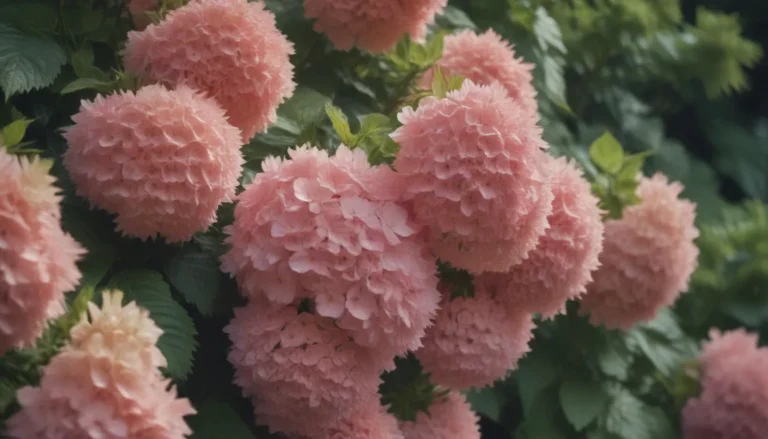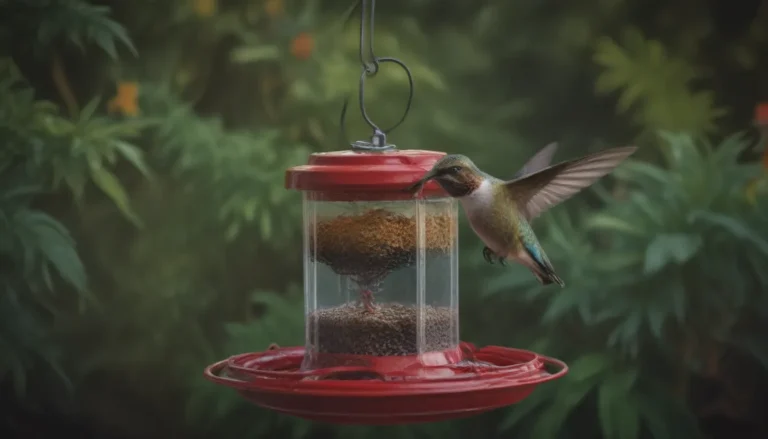Everything You Need to Know About Growing and Caring for the October Glory Maple Tree

Are you looking for a beautiful tree to add some vibrant fall colors to your landscape? Look no further than the October Glory maple tree! This cultivar of the red maple, native to North America, is a stunning addition to any garden with its reddish-orange to red fall foliage. But that’s not all – this tree also boasts a dense, rounded canopy and shiny, green leaves in the spring and summer, making it a standout specimen plant for three seasons of the year.
In this comprehensive guide, we will delve into all the care requirements for growing and maintaining an October Glory maple tree. From light and soil conditions to pruning and propagation, we’ve got you covered with valuable information to help you successfully cultivate this majestic tree in your own backyard.
Light Requirements
The October Glory maple tree is relatively tolerant of partial shade, but for the best fall color display, it is recommended to plant it in full sun. If you live in a southern region, a bit of afternoon shade can be beneficial, especially during the tree’s establishment period.
Soil Conditions
One of the great things about the October Glory maple tree is its adaptability to various soil types, including loam, clay, and sandy soils. It can even withstand poor nutrient soils, making it a low-maintenance plant. However, avoid planting it in alkaline soil if you want to enjoy the vibrant red fall color – otherwise, you may end up with pale yellow leaves.
Watering Needs
Maintaining evenly moist soil is key to the health of your October Glory maple tree. While it can tolerate short periods of soggy soil, good drainage is essential for long-term growth. In drier regions, regular irrigation is necessary to keep the tree healthy and thriving.
Temperature and Humidity
The October Glory maple tree is highly valued for its cold hardiness and can withstand heat and humidity, especially in southern regions. While it can survive in zone 9, there may be better tree options for that specific climate.
Fertilizing Tips
Avoid fertilizing your October Glory maple tree during its first year of growth as it establishes itself. Maple trees generally do not require extensive fertilization, but if you notice a decline in vigor or want to promote faster growth, a slow-release, nitrogen-rich fertilizer can be applied annually. Conduct a soil test before adding any amendments to ensure the tree receives the necessary nutrients.
Pruning Guidelines
When it comes to pruning your October Glory maple tree, less is more. Limit pruning to small branches that form narrow angles with the trunk, as wider angles are stronger and less prone to breakage. Make pruning cuts just outside the branch collar to help the tree heal properly. The best time for pruning is at the end of summer or in autumn to avoid sap bleeding.
Propagation Methods
While the October Glory maple tree is not commonly grown from seeds, you can propagate it by rooting cuttings from an existing tree. This cost-effective method allows you to expand your landscape with new specimens of this beautiful tree.
Winter Care
For regions with cold winters, protect your October Glory maple tree by applying a layer of mulch around the base to insulate the roots. Avoid piling mulch against the trunk to prevent damage from pests. Prune any dead or damaged branches in late fall, and refrain from fertilizing to discourage new growth that may be sensitive to cold temperatures.
Common Pests and Diseases
The October Glory maple tree is generally resistant to pest and disease issues, but it’s essential to monitor for potential problems. Keep an eye out for leaf spot, a fungal disease that can affect the appearance of the tree. Scale insects may also pose a threat, but they can be treated with organic neem oil.
Common Problems
While the October Glory maple tree is low-maintenance, it is susceptible to a few issues. Thin bark makes the tree prone to damage from property maintenance activities, so using a tree guard can help protect the bark. Additionally, the tree is not tolerant of salt, which can affect its growth in areas where salt is commonly used for de-icing.
In conclusion, the October Glory maple tree is a fantastic choice for adding beauty and shade to your landscape. With the right care and attention to its specific requirements, you can enjoy the stunning fall foliage and elegant structure of this magnificent tree for years to come. Whether you’re a seasoned gardener or a beginner looking to enhance your outdoor space, the October Glory maple tree is sure to impress with its striking features and easy-going nature.
So why wait? Plant an October Glory maple tree today and watch as it transforms your garden into a colorful oasis every fall!





